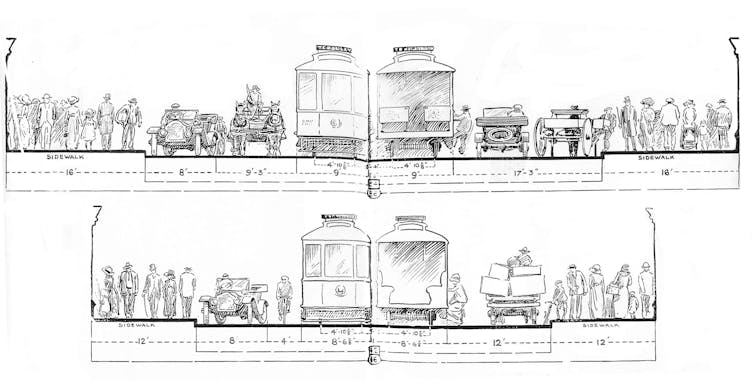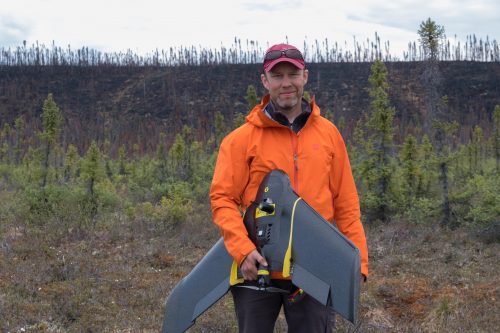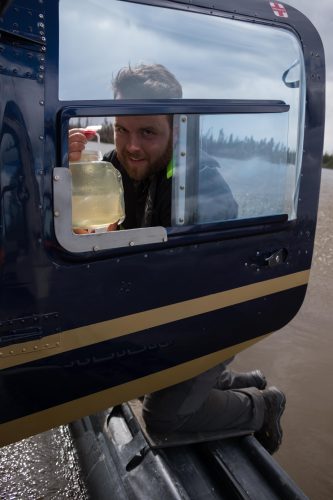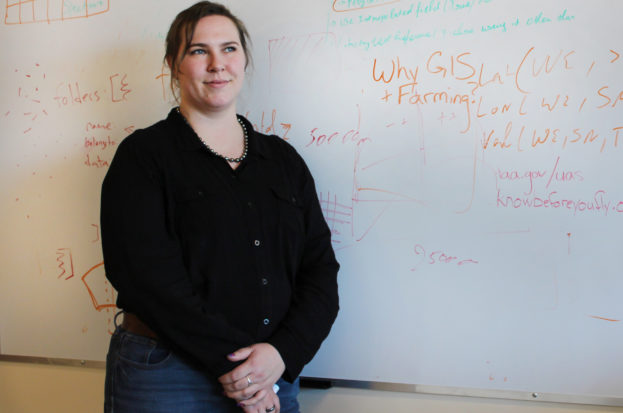REPOSTED FROM THE CONVERSATION
December 17, 2018 | By Phillip Mackintosh
To paraphrase urbanist James Howard Kunstler, Toronto city council is sleepwalking into the future. While 21st century Toronto’s shift to multi-modal transportation (public transit, automobiles, feet, bicycles, motor cycles, scooters, and skateboards, among others) is already under way, council stubbornly resists its formal implementation.
We see the catastrophic results of city council’s inaction — negligence — every week. On Nov. 1, 2018, there were 16 vehicle/pedestrian collisions. This echoed another terrible 24-hour period in October of 2016, when 18 people were struck by motor vehicles. And still another in 2015, with 15 collisions in one day.
Fatalities have risen from an average of 47 per year (2005-12) to 64 per year (2013-16), a consequence of the increase in people on automobilized streets. So far in 2018, 38 cyclists and pedestrians have died on Toronto streets.
Part of the problem is that too many city councillors have repeatedly voted against bicyclists, bike lanes and multi-modality in general. One infamous and intractable (and now turfed) councillor said, “I do not believe bicycles should be on roads at all.” How odd. This is not what city councillors thought a century ago.
The ‘bicycle-friendly’ council
At the beginning of the 20th century, Toronto city council embraced bicycles and their riders. City councillors worked with city engineers, bicycle clubs and the Canadian Wheelman’s Association (CWA) to pave streets with asphalt, organize cinder bicycle paths, pave and maintain the so-called “devil strips” (narrow strips of roadway between the opposite running streetcar tracks) and fix the interminable pot holes in the city’s ubiquitous cedar block roads. Council did this to encourage bicycling in a city where “tides of cyclists” used the streets. City councillors, many of whom were cyclists themselves, passed bylaws regulating cycling in 1895. These councillors appreciated that “the thousands of bicyclists of (the) city will hail with pleasure any move on part of the Council” to make the streets accessible to them.
Why and how does the present city council not see the urban social geographic and economic utility of the bicycle? Likely because it needs a lesson in transportation geography — and it can’t get one soon enough. So here’s a simple, introductory concept: Build it and they will come.
Traffic generation
In 1900, Scribner’s magazine published a typically dry civil engineering piece by William Barclay Parsons, the chief engineer of the New York Rapid Transit Commission. In the article, Parsons imparted this transportation planning gem:
“Whenever a new line has been built in New York, although the first effect may have been — but not always — to draw traffic from a parallel and near-by road, such withdrawal has been but temporary; and in a short time the natural growth of the city, stimulated by the new means of transportation offered, has been sufficient to provide requisite traffic for the new line and increased traffic for the old ones.”
In other words, each time Parsons built a new subway line, he generated traffic on all the lines.
This observation was not exclusive to Parsons. In his well-thumbed “Street Pavements and Paving Materials: A Manual of City Pavements” — also published in 1900 — Canadian road engineer George Tillson made a similar contention. Writing about the practices and problems of road paving, he insisted that:
“It must be remembered that when any one road is selected to be made into a thoroughfare, traffic will be immediately diverted to it and the wear of the pavement abnormally increased.”
For Tillson, the principle was: Pave it and they will come.
American road-builder Robert Moses learned these same lessons through his automobility experiments in mid-20th century New York. He intuited that what Parsons was really talking about was traffic generation: the idea that a public transit line or, in his case, a highway, is constructed to increase traffic volume.
Every time Moses built a road or bridge, traffic invariably choked it, and he would have to build another. This was intentional and he admitted it. As he said:
“We wouldn’t have any American economy without the automobile business. That’s literally true… this is a great industry that has to go on, and has to keep on turning out cars and trucks and buses, and there have to be places for them to run. There have to be modern roads, modern arteries. Somebody’s got to build them …”
So Moses and his road-building acolytes did, creating the automobile economy in the process.
The transportation geography principle that Toronto Council must learn is this: build public transit and you will increase the demand for public transit routes and increase ridership. A public transit culture and economy will follow.
Choose instead to build roads, and the principle remains the same: you will increase the demand for roads, and increase drivers and driving culture, resulting in an automobile economy.
It works for bicycles, too…
As Toronto undertook the arduous and contentious process of paving its streets with asphalt in the 1890s, the bicycle population swelled. The CWA estimated…
Continue reading on The Conversation.


















